How do countries find ways to solve the world’s difficult traffic congestion?
Congested high-speed, crowded railway stations, busy airports …
Are you stuck in traffic when you go home for the Spring Festival this year?
During the period of Spring Festival travel rush this year (from January 26th to March 5th), the flow of people across the country will hit a new record high, reaching 9 billion.
9 billion people. What is this concept? This is almost twice that of 2023 and three times that of 2019.
However, the traffic jam does not only happen during the Spring Festival, but also the daily traffic situation is not optimistic. According to the report, drivers in some cities spend more time and more money in traffic.
Not only that, but today’s transportation mode has also undergone tremendous changes compared with the past.
Although the transition to telecommuting and mixed work has reduced the traffic flow during traditional commuting hours to some extent, it has also made the traffic pattern more unpredictable than in the past, thus putting pressure on the traditional traffic management system. In addition, traffic is not limited to motor vehicles, but pedestrians are also a key factor in traffic.
Just like Shibuya Crossing in Japan, it is the busiest crosswalk in the world, with more than 2 million people crossing Tokyo every day. Every time the traffic lights change, about 2,500 pedestrians will bravely cross the four-way intersection, which is called "Shibuya Battle", and the Japan Tourism Bureau describes this crossing as "walking between manic chaos and perfect synchronization".
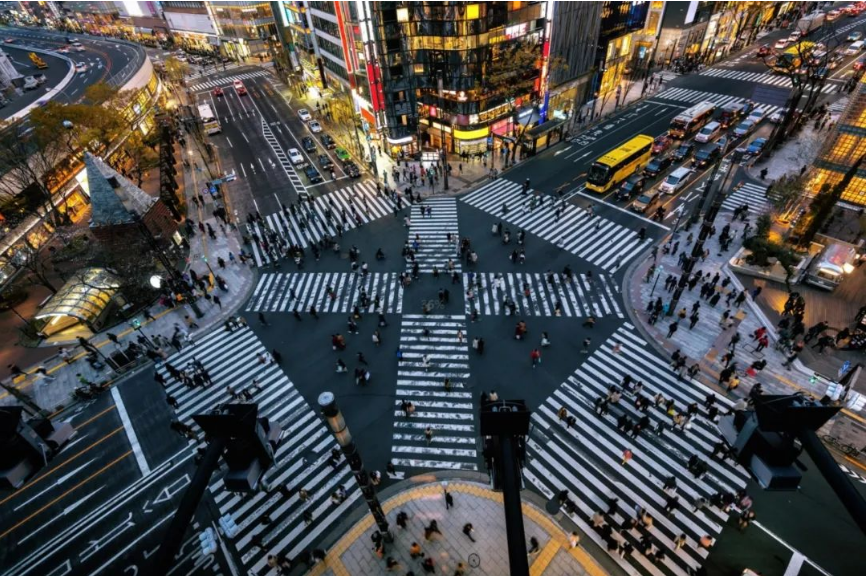
To make matters worse, cities are often stretched financially and materially, and cannot accommodate more people in a smaller space. In this atmosphere, how to provide solutions to alleviate congestion, reduce carbon emissions and protect the safety of citizens when they move in different places is an arduous task facing urban planners.
around the world
Methods of reducing traffic flow
Faced with this situation, cities all over the world have begun to reduce the tasks of cars on the road and adopt various strategies to stop the passage of private cars.
Paris has announced ambitious plans to become one of the most suitable places for cycling in Europe. However, the labyrinthine streets with a long history interweave ancient and modern, which limits the implementation of the plan. In order to alleviate traffic congestion, urban planners are working hard to build permanent and isolated bicycle lanes and increase 180,000 bicycle parking spaces.
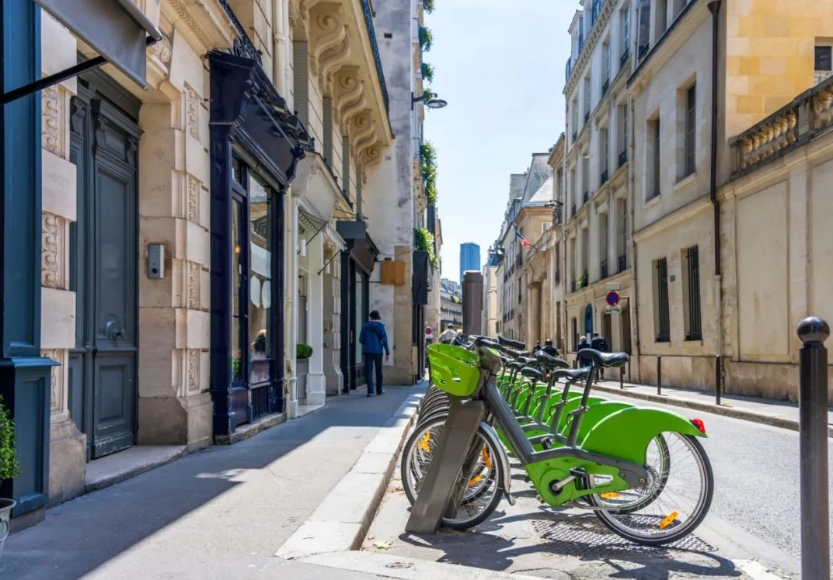
London is another ancient European city that deals with traffic jams and air pollution. The city is expanding its ultra-low emission zone (ULEZ) to cover the whole city. For this reason, old car owners with high emissions are required to pay a daily fee to drive anywhere in London. In addition, the design route of public transport in London is also very humanized, with a reasonable combination of different modes of travel. For example, London takes extremely short-distance walking, short-distance convenient buses and bicycles, short-distance subways and long-distance trains as the skeleton, and at the same time, it assists with the system of motorcycle self-driving charging, restricts parking spaces in the central area, and has developed car service in short rent to divert various travel needs.
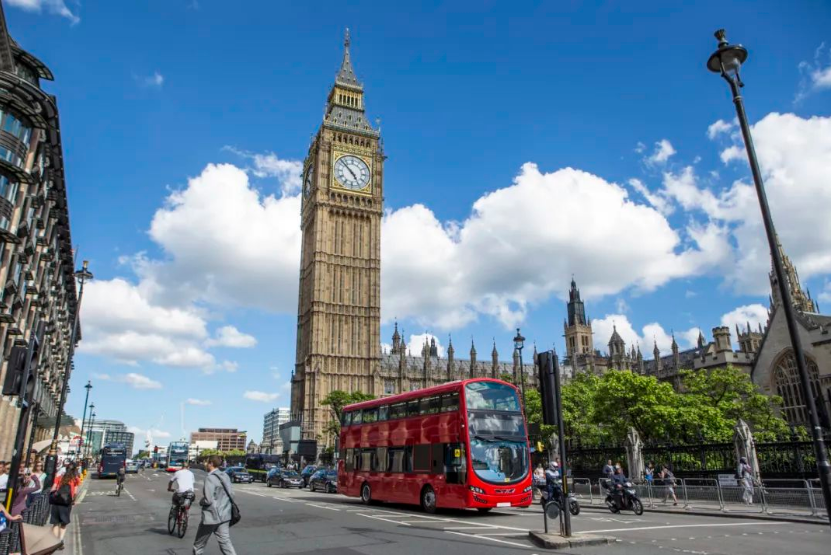
In Tokyo, walking and public transportation are the two most popular modes of travel, followed by cycling. According to the report, the car utilization rate in Tokyo is the lowest in the world. Because officials are not allowed to park on the street, car owners have to pay sales tax, annual tax and biennial inspection fee to own cars, which makes it difficult and expensive to own cars in Tokyo.
Denmark uses bicycles instead of cars to solve traffic congestion. Half a century ago, the Danish capital was almost full of cars. However, after changing the policy and the street greening campaign, the roadside parking lot was replaced by safe and independent bicycle lanes, which increased the proportion of bicycles in all commuting in Copenhagen from 10% in 1970 to 35% today. In 2016, for the first time, the number of people riding bicycles exceeded that of people driving.
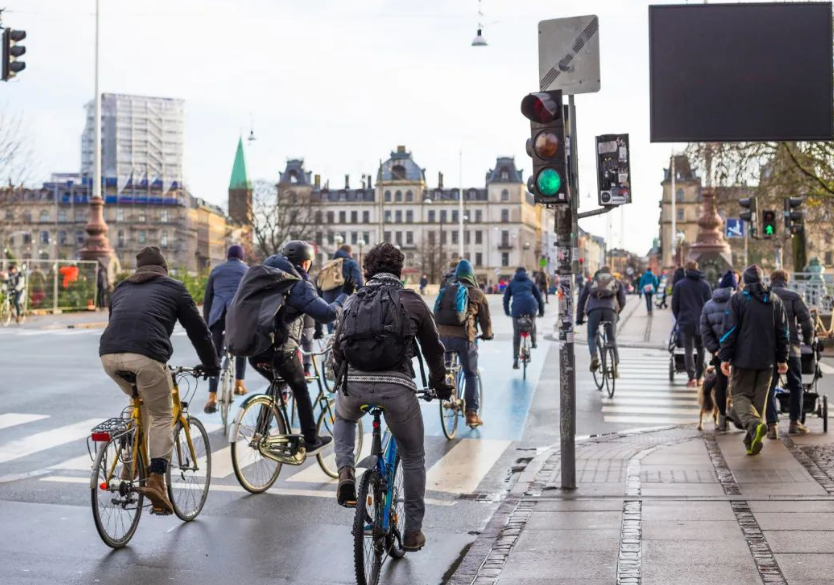
The urban congestion in Seoul, the capital of South Korea, was once as bad as that in Beijing. Therefore, the South Korean government doubled the gasoline tax with policy control, and imposed congestion charges on two main roads in the city center during the most congested period, each of which received 2,000 won. However, it also stipulates that if there are more than three passengers in a car, it can be exempted from payment. At the same time, the price of urban public parking lots was raised, and the number of parking spaces attached to commercial centers and office buildings was also reduced, which reduced the traffic volume of cars by 9%, including cars by 53% and doubled the traffic speed.
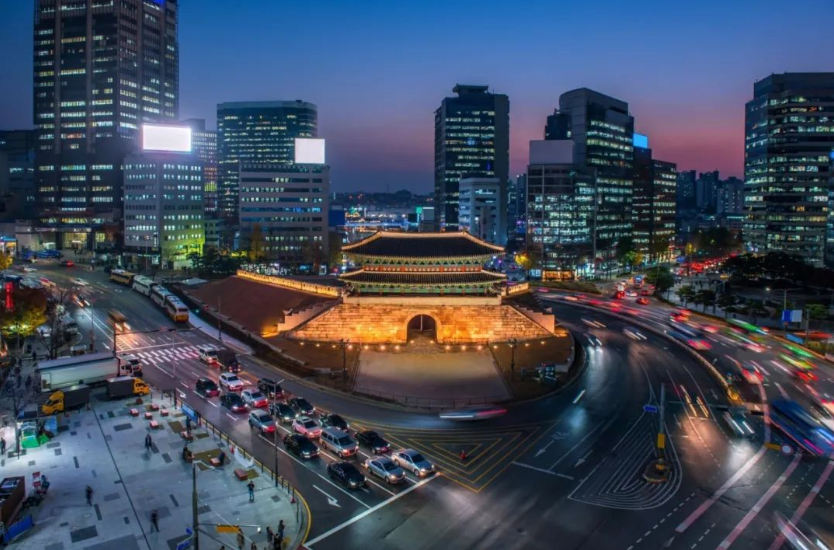
There are many ways for cities around the world to reduce traffic flow, such as charging higher fees for parking in busy areas or opening them only to residents, setting more parking spaces near public transport and providing more convenient driving alternatives to further reduce road congestion.
These non-technical methods to prevent the use of private cars may be effective, but they can only play a role in reducing traffic congestion. Adding intelligent traffic management technology supported by artificial intelligence can help simplify the remaining traffic congestion outside non-technical methods and make everyone’s roads faster and safer.
city planning
Is the next frontier of digital transformation.
Urban planning, especially traffic management, is a mature field of technological innovation. Artificial intelligence can process a large amount of data for forecasting modeling and respond to any change of forecasting behavior in real time, which makes it an ideal choice to solve traffic management problems.
Unprecedented progress in the field of artificial intelligence, coupled with the availability of powerful computing suitable for edge deployment and the continuous improvement of economies of scale, make smart city technology feasible in cross-regional aspects. Edge artificial intelligence can help improve the efficiency, safety and sustainability of mobile travel.
The availability of edge computing and the huge processing power required by artificial intelligence are creating catalysts for smart digital cities. Edge artificial intelligence can not only improve the results, but also be successfully applied to mature cities with aging infrastructure and fast-developing cities that are difficult to accommodate the growing population.
Facing the edge demand of smart cities, Dell Technology has launched the most comprehensive edge server product line in the industry, covering near, middle and far edge scenes. For example, the "Far Edge" server PowerEdge XR4000, as the shortest server in the PowerEdge series, is 60% shorter than the traditional data center server, and can be hung on the wall and stacked, which is very suitable for the edge scene where land is scarce.

Moreover, PowerEdge XR4000 is equipped with Intel Xeon D scalable processor, with up to 32 Pcle Gen4 channels and up to 20 processing cores, and provides more innovations by adding optional witness nodes, which makes it possible to deploy virtual machines that were previously unavailable due to delay or bandwidth constraints.
In addition, there is Dell NativeEdge, an edge operation software platform, which can support large-scale automatic management of edge infrastructure and applications and help simplify the arrangement and expansion of edge environment. Dell NativeEdge can speed up the lifecycle management of edge applications by 22 times, realizing potential cost savings, return on investment or other benefits.

As the world’s leading global infrastructure provider, Dell Technology has rich experience in handling the video workload of urban traffic and analysis cases with the help of the industry-leading computing platform Dell PowerEdge server and storage product portfolio, providing organizations with the necessary infrastructure and helping to provide end-to-end proven solutions to build a digital future.